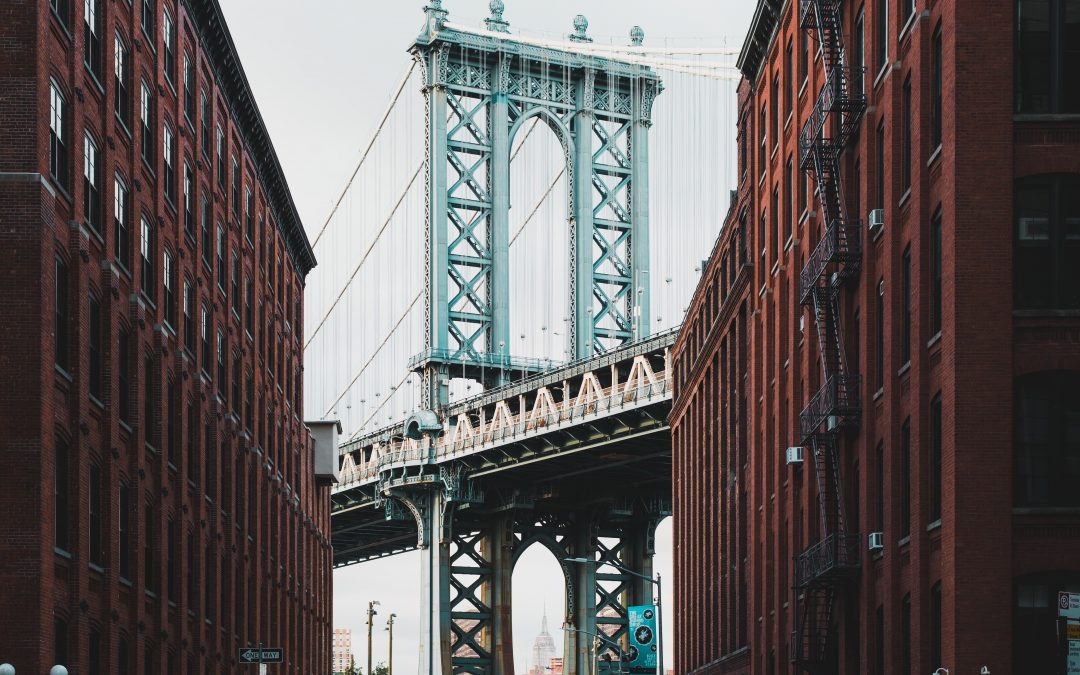Brooklyn in the early 20th century was home to a quickly growing population and developing community.
There was noticeable growth in city transportation. Funded through New York City tax dollars, there were grave advances made. Developers used tax dollars to construct new bridges, trolley lines, underground subway lines, and elevated railroads. These advances extended transportation into the outskirts of surrounding boroughs creating much easier access into Manhattan.
Brooklyn started to develop into a city where Trolleys occupied the streets. Soon after, the Williamsburg Bridge was finished in 1903 followed by the first subway line to tunnel under the East River in 1908. With the increase in transportation from Brooklyn to Manhattan, residential development on began to skyrocket in this borough. As tenants rushed in, Brooklyn’s character started to develop as well.
The Brooklyn population saw another spike in diversity during the 1930s due to two reasons: The Great Migration and the extension of the A train from Harlem to Brooklyn. With such a heavy manufacturing industry in Brooklyn during the time, there was great opportunity for jobs. This New York City borough eventually became the supply for industrial resources needed around the country.
As years went on, Brooklyn began to phase out of the manufacturing industry. The environment wasn’t built to sustain this line of work. Additionally, then the Dodgers moved from Brooklyn to Los Angeles and this beloved city quickly lost their beloved anchor.
Dodgers games were once a community activity for locals and became the culture of the heart of Brooklyn. With the team’s absence, it wasn’t until Brooklyn adopted an artistic community that they started to regain a distinct culture
With the rising rents in Manhattan, the vibrant new communities right over the water in Brooklyn went from undiscovered neighborhoods to very desirable places for all ages and walks of life. Communities like DUMBO, Williamsburg, and Greenpoint not only attracted immigrants but also locals looking to pay less than Manhattan prices.
Brooklyn now supports a population of over 2.5 million people with 170 NYC Subway stations available throughout the borough. The residential development has seen waves of new audiences but present day Brooklyn has a complete list of both vibrant and historic communities.

